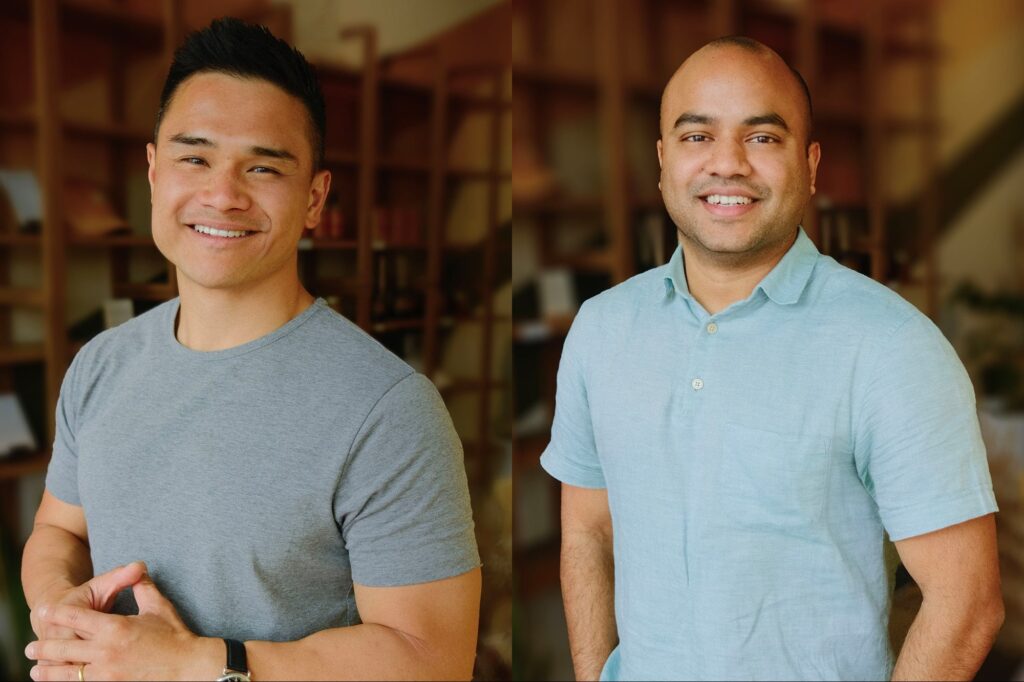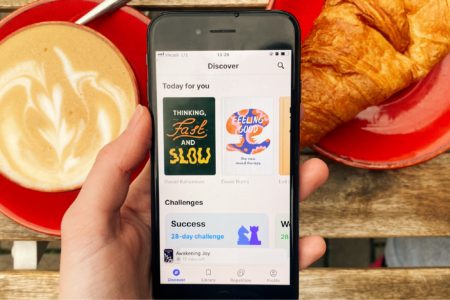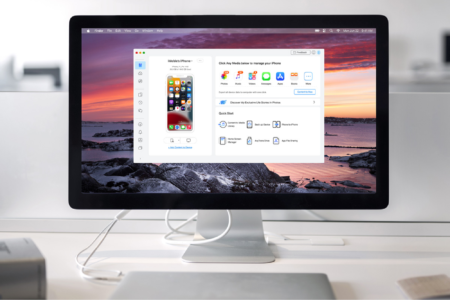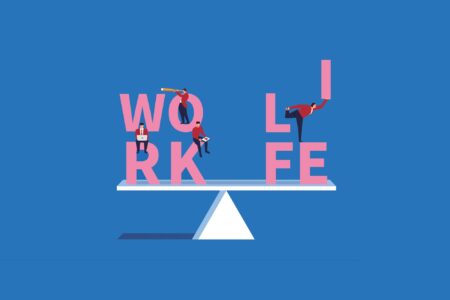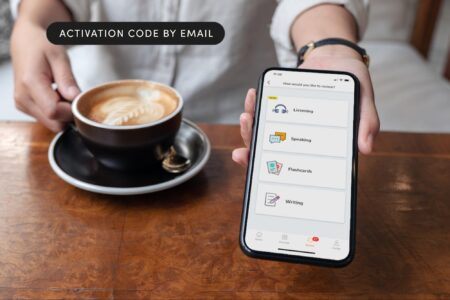A little over a decade ago, Russell Gong and Achal Patel were at a team dinner for Deloitte, where they both worked. And at this dinner, the attendees were asked a question: “What is your life’s purpose?”
Gong shared that he’d hoped to build something around social innovation and climate change. Patel said his purpose was definitely something in the healthcare space. It was quite the icebreaker, but fast forward to today, and the combination of their two answers accurately reflects the mission of Cabinet Health.
Launched in 2018, the company aims to put a dent in reducing the billions of single use plastic bottles wasted in pharmaceuticals each year. The company sells over the counter and prescription medicine in reusable glass bottles, along with refills that are packaged in compostable pouches. They also partner with existing healthcare companies to help drive sustainable solutions.
Related: Entrepreneurs Can No Longer Hide From Sustainability — Here’s How They Should Cultivate Sustainable Business Leadership
In the past year, Cabinet launched in over 500 Target stores across the country, debuted their DTC prescription service Cabinet Health Rx which offers the same low-waste system for prescription medication, and launched their partnership with the pharmaceuticals company McKesson, bringing sustainable packaging to their Foster & Thrive private label. All of this made Gong and Patel finalists on our Entrepreneur of 2024 list of innovative leaders.
The issue of wastefulness in the healthcare industry is obviously a massive problem. How do you approach that problem without getting bogged down by the scale of it?
Gong: One answer for how we approach that challenge is really trying to understand the product market channel fit, but also using our mission as a backdrop to prioritize where the business goes, not just the revenue. For entrepreneurs earlier in their journey, one thing that we would really advocate for is mission market fit. When you start to unpack where the actual social problem is, the business will follow that.
Patel: Also, acknowledging and realizing there are exceptional humans working in all the other facets of climate change that are around us is helpful. We can solve some of these problems as a collective, it doesn’t need to be this notion of one entrepreneur saving the world. That has been a really powerful way to remain optimistic.
At the end of last year, Cabinet launched 14 SKUs in over 500 Target locations. What did you learn from that launch?
Gong: The experience of working with retailers and distribution for us is always so much fun, because it starts with how much impact we can make as a partnership. We think about it in simple pounds of plastic — how many pounds of plastic did we reduce? We reduced over 50,000 pounds of plastic even within just the summer alone with Target, which is a massive amount from just a couple months of impact. That was our first step for mission and market fit.
From there, there were some critical [learnings for] sell through and impact that were really vital to understanding how to launch and distribute. The important thing is, how does this scale through other parts of our business? What we really learned is that guests buy a refillable system [in store], then they continually buy online and go back to the store. For other retailers, it’s different.
I want to talk a little bit about the Sustainable Swap Tour, your campaign with Target that included 10 local activations. What was the intent behind the tour?
Gong: Our Sustainable Swap Tour with Target was a clear example of us recognizing that just having new packaging for an existing category is not enough. We have to educate, advocate, and engage local communities around sustainability, or it’s just going to be too much of a top down solution. The goal with the tour was to hit the 50,000 pounds of plastic goal, but we also really wanted to make sure that there was local engagement, and it had meaningful activations and advocacy beyond just to sell products and move units.
Related: 6 Sustainability Strategies Every Business Leader Should Embrace
Some people are quite desensitized to waste in the US or simply don’t fully understand how much plastic goes unrecycled. How do you approach the different levels of understanding and engagement from potential customers?
Gong: When it comes to where our consumers are at with understanding that we have a lot of work to do [to address plastic waste], we have a couple of perspectives. Number one is recognizing that the plastic waste issue is mission number one. The nuance of that message, though, is that we don’t want to be pointing fingers at the healthcare industry, or doctors, or even existing players. We have a very clear view that the healthcare industry is trying to do what’s right, but is really more so stuck in the size of it, the inertia of it, and needs Cabinet and other partners to innovate in it. While we’re recognizing it as a problem, we want to bring big pharma, healthcare distributors, and existing brands and retailers a productive solution.
The second perspective, for everyday people, starts with a very widespread education map. Some people are still learning about the plastic issue. Some people are extremely concerned about it for their children and others. Our position is to effectively just start with people wherever they’re at. For that reason, we have different products that enable them depending on where they are in their journey. Our compostable, refillable system is for patients and customers that are more attuned to the idea of plastic waste and trying to find a very sophisticated model that brings them in. We work with our partners on an aluminum offering that might just be a simpler pathway for people to bring themselves into the system. Last but not least, we also have content and care services to help people think through it.
What are the biggest challenges you’ve faced
Gong: The biggest challenge that we face is the speed to solving the mission, speed by nature of material reduction, but speed as well of like, how many more partners can we engage, can we connect with, can we encourage, can we learn with? The biggest challenge we see is, how do we make sure that we are addressing more categories, more distribution channels, more partners, faster?
Patel: One thing in our journey that’s been a hurdle to overcome — I think a lot of entrepreneurs face this, particularly when they work on sustainability — is having to pay more for a sustainable option. Whether you’re a large business or an end consumer, at some point that becomes a hurdle for adoption. One of the things that we’ve always been really methodical about as we’ve grown the business is making sure that we have the right products and the right channels for the right customers based on how effectively we can price our products based on the volumes that we ship and the stage of innovation that we’re at. I think where we’re energized by that, though, to be honest, is that we know that over time, we can make sustainable products equal or less expensive than the plastic alternatives. For me, that’s something that drives me everyday: how do we make this a complete no-brainer so that it doesn’t have to be a choice that a consumer has to make in a retail store?
Related: How I Built a Thriving Healthcare Practice by Prioritizing Prevention and People
Read the full article here





